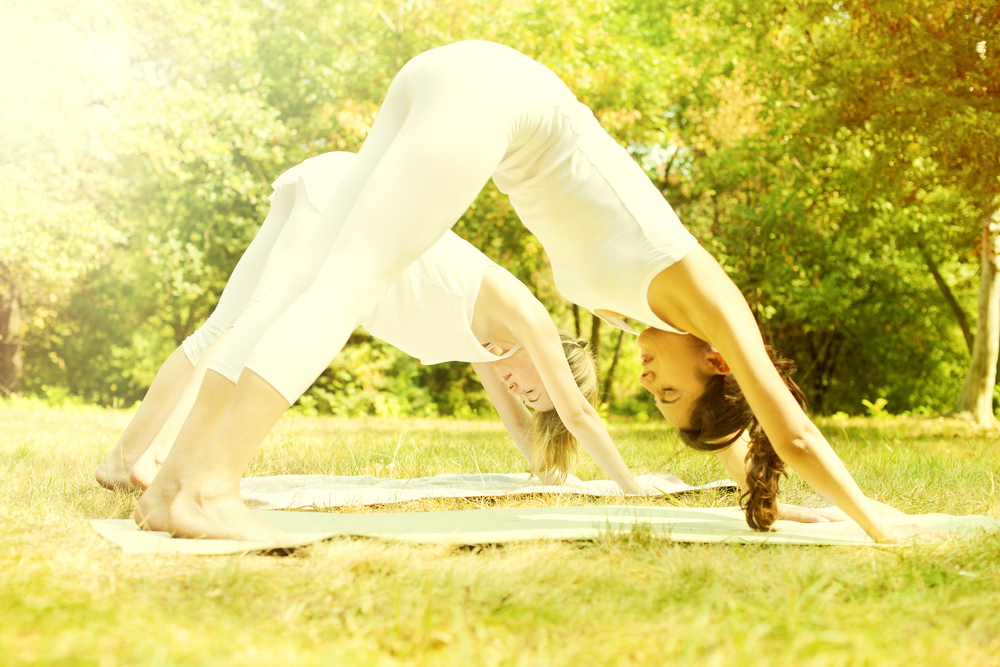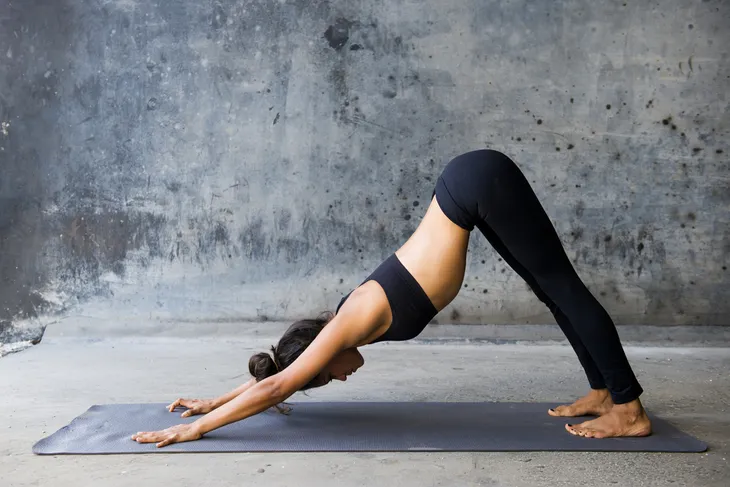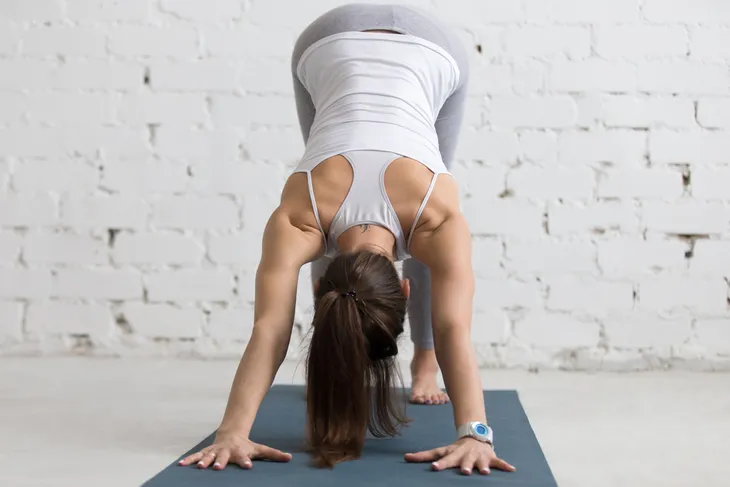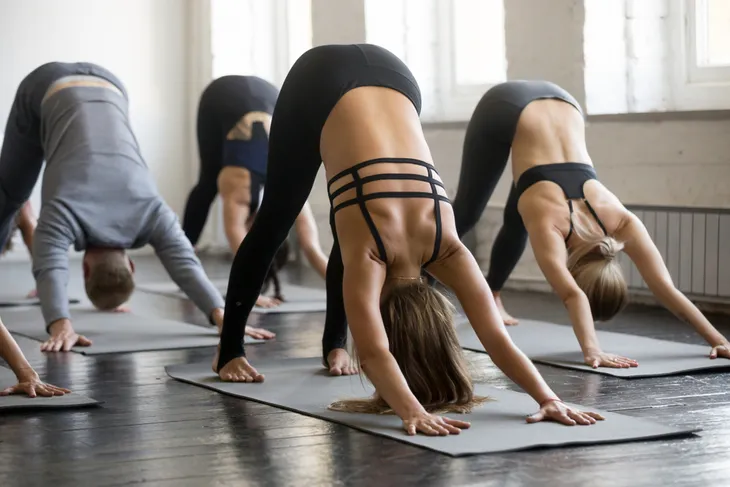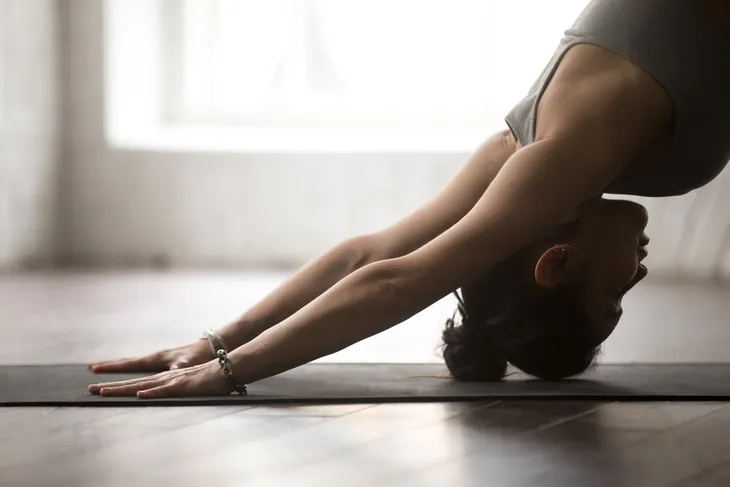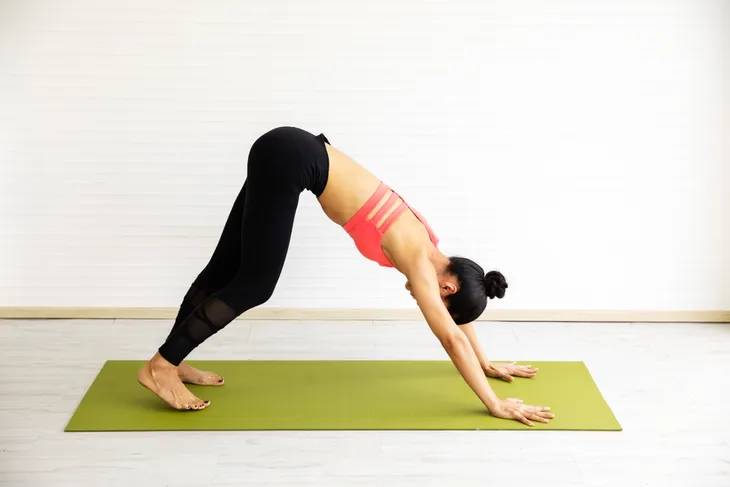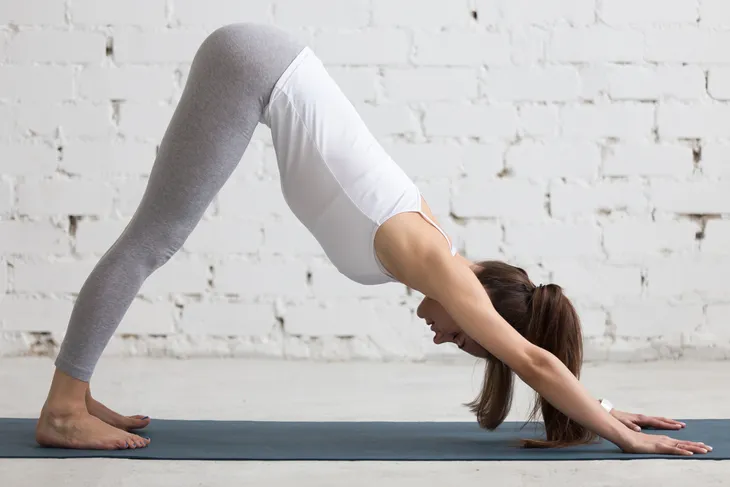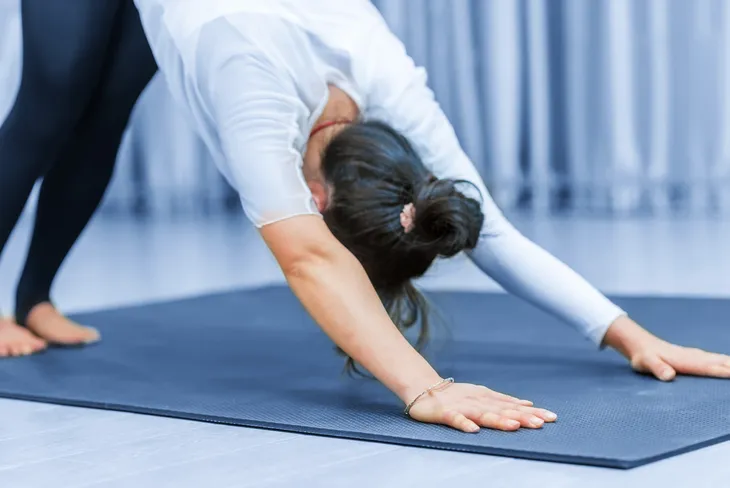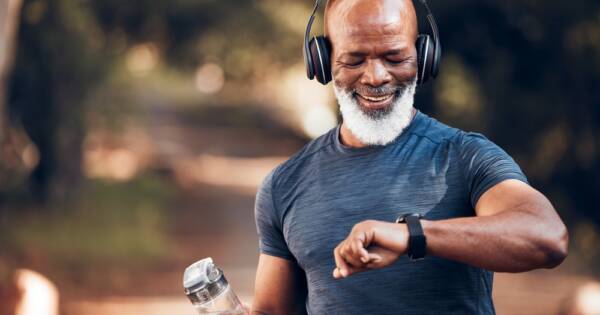If you’ve ever been near a yoga studio, chances are that you know what a Downward Dog pose entails. As the “anchoring” posture (or pose of pause) in many yoga practices, downward dog is beneficial for so many reasons.
From allowing us to take stock of our body during yoga practice to fighting fatigue and back stiffness—here are the eight lesser-known benefits of getting downward dog…
Enhances Digestion
You’ve likely heard your yoga instructor ask you to pull your navel into the spine as you perform downward facing dog in class. There is good reason behind taking advantage of the compression benefits of this pose, even though downward dog isn’t considered a full folding pose. This slight compression (of pulling navel into spine) encourages the digestive function of the spleen, liver, and kidneys.
Naturally Energizing
You don’t have to take my word for it, when foremost yogis like Bellur Krishnamachar Sundararaja Iyengar (or B.S.K. Iyngar), the founder of Iyengar-style yoga, declares the benefits of downward dog as a natural energizing posture. According to Iyngar, a mere minute in this pose will “bring back lost energy for runners after a hard race.”
Promotes Blood Circulation
While downward facing dog is a semi-folding pose—it’s also considered an inversion posture. Positioning the head below the heart flips the gravitational norm, encouraging the circulatory system to pump fresh blood through the body, flushing toxins, regulating blood pressure, and boosting immune health.
Strengthens Bones
If you’re new to yoga, even holding downward dog for a few seconds can cause the muscles in your upper half to tremble. This is good—shaking means the muscles in the arms and shoulders are being challenged as they support more of your body weight. Not only do poses like downward dog promote upper body strength; they also strengthen bone density and help prevent osteoporosis.
Strengthens the Core
Envision yourself taking downward facing dog pose— engage through the core, draw up through the quadriceps, draw the hips up and back as you aim your sacrum at the ceiling, ground down toward the earth through the heels, let your shoulders melt down your back, and keep your upper body strong as you ground down through the hands and spread your fingers wide.
As your body forms an inverted V, your abdominals feel engaged as they support the spine and prevent you from caving in through the chest.
Work Out Knots and Back Pain
As you strengthen the core muscles (muscles in the torso, consisting of the abdominals and lower and outer back muscles) with downward dog, don’t overlook the stretching, aligning, and loosening benefits of this pose on your spine, shoulders, and back.
For instance, in downward dog, the shoulders melt down the back, the upper back fans out, and the spine is properly aligned to promote flexible and ease tension.
Melt Stress
Multiple studies recommend stretching as a natural means to relaxation. Downward dog focuses the extension of the cervical spine and neck, releasing compression and stress on the entire spine. If you’re able to shake your head gently yet loosely to the left, right, and up and down during this pose, you’ll be tapping into the anxiety-relieving muscle and mind benefits of the pose.
Allows For Healthy Pause
Have you ever wondered why your instructor leads you to take and hold downward dog between yoga sequences? This is because in addition to promote a good stretch to the entire body, downward dog also allows your to take pause or inventory between postures, as a means to mind-body connection.
